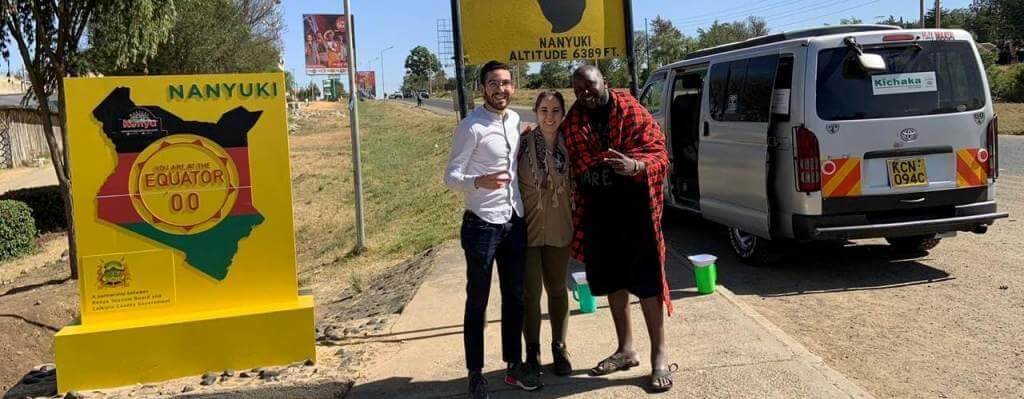
Equator
This is an imaginary line that runs around the center of the globe at 0 degrees latitude, at equal distance between the North pole and South Pole. The Equator divides the Earth into northern hemisphere and southern hemisphere. When the Sun is directly above the Earth’s Equator, sunlight shines perpendicular to the Earth’s axis, and all latitudes have a 12-hour day and 12-hour night. The Sun passes directly over the equator twice a year, approximately March 20 and September 23 and this time is referred to as Equinox.
Closer to the poles, the Earth’s rotational speed, or spin, is near zero. At the Equator, the spin is about 1,670 kilometers per hour. The Earth’s diameter is wider at the Equator, creating a phenomenon called an equatorial bulge. Earth’s gravitational pull is slightly weaker at the Equator due to its equatorial bulge.
When it comes to climate, equatorial regions experience two types of climate, wet and dry. Long, warm, rainy seasons creates tropical rain forests. Some of the most expansive rain forests in the world are found in equatorial regions. They include Amazon rain forest of South America, the Congo rain forest of Central Africa, and the Southeast Asian rainforest stretching from India to Vietnam.
The equator divides Kenya into almost two equal halves. Some of the prominent equator markers are found in Timboroa, Nanyuki and Maseno. There are many equator markers throughout Kenya but the most famous marker is that at Nanyuki Town which is on the way to Mt. Kenya, Ol-Pejeta, and the other conservancies in the area. During a stop in Nanyuki town equator marker, you can take photos and be shown how the north and south poles have magnetic power and how its visible with the water experience (Coriolis effect). The key to the Coriolis effect lies in Earth’s rotation. Specifically, Earth rotates faster at the Equator than it does at the poles. Earth is wider at the Equator, so to make a rotation in one 24-hour period, equatorial regions race nearly 1,600 kilometers (1,000 miles) per hour. Near the poles, Earth rotates at a sluggish 0.00008 kilometers (0.00005 miles) per hour. ( National Geographic)
